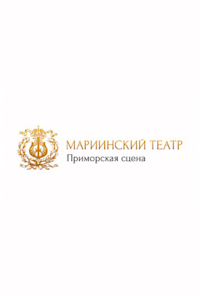

Giselle, Adam
Deildu
Primorsky Stage of the Mariinsky Theatre (2017/18)
Aðalleikarar:
Upplýsingar frá listasamtökum (staðfest af Operabase)
Giselle by Adam, Frá (2017/2018), Hljómsveitarstjóri Anton Torbeev, Vladislav Karklin, Primorsky Stage of the Mariinsky Theatre, Vladivostok, Russia
Framleiðandi

(2017 ágú 12, 25; sep 17; okt 20; nóv 15; des 02; 2018 jan 26; feb 15; mar 15; apr 28; maí 19)
Conductor
Leikarar
Moyna, the willis
Zulmé, the wilis
Myrtha
Bathilde
Duke
Hilarion (Hans)
Count Albrecht
Giselle
Classical duet
Áhöfn
Choreographer
Set designer
Costume designer
Lighting designer
Lærðu meira um tónskáld
Lærðu meira um tónlistarstarf



